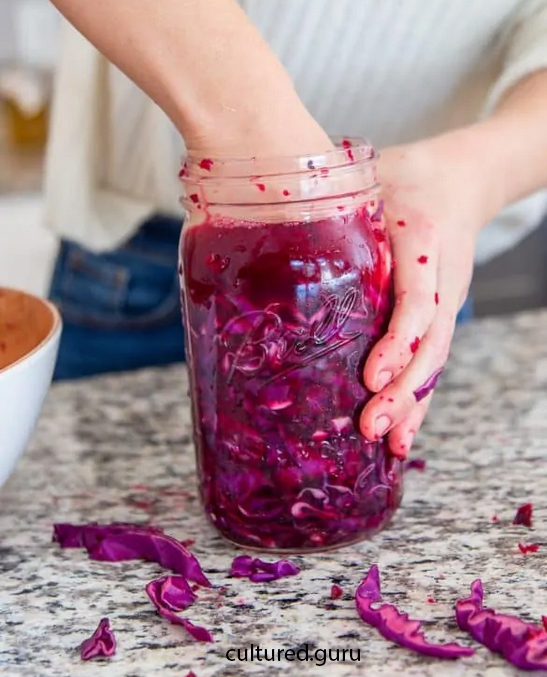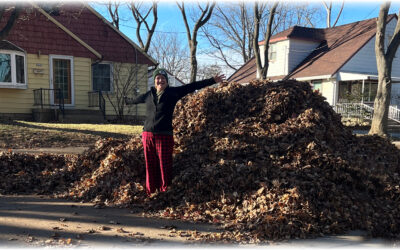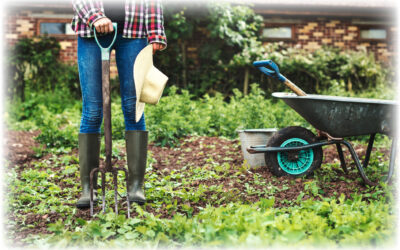Fermenting
Fermenting is one of the oldest forms of preserving food, dating back around 9000 years ago! Fermentation is a metabolic process where living organisms consume carbohydrates (such as starch or sugar) and produce alcohol or acid.
Yeasts, like the ones used for baking bread and making beer and wine, produce alcohol, while bacteria, like the ones in yogurt, produce acid.
Fermentation is an anaerobic process, which means it occurs in an airless environment. The desirable bacteria thrive in this oxygen-free environment digesting sugars, starches, and carbohydrates and releasing alcohols, carbon dioxide, and organic acids (which are what preserve the food). The undesirable bacteria that cause spoilage, rotting, and decay of food can’t survive in this anaerobic environment.
According to The Spruce Eats – There are three types of fermentation:
Lactic Acid Fermentation
Lactic acid fermentation is the type of fermentation at work when making fermented foods like kimchi and sauerkraut. How it works is that foods like cabbage are submerged in a salty brine. Salt kills bacteria that cause food spoilage, but doesn’t harm lactobacillus bacteria, which are present pretty much everywhere, including on cabbage and other foods. So after a while of soaking in this salty brine, the lactobacillus go to work converting the carbohydrates in the vegetables into lactic acid, which in turn aids in preservation while also imparting a tangy flavor. Tofu, miso, soy sauce, and even ketchup and pepperoni are also made using lactic acid fermentation.
Ethyl Alcohol Fermentation
Ethyl alcohol fermentation is what gives us beer, wine, sprits as well as bread. Note that sourdough bread uses a combination of ethyl alcohol and lactic acid fermentation. The yeast gives the bread its rise while the lactobacillus gives it its sour flavor. Beer and wine typically undergo two stages of fermentation, known as primary and secondary fermentation. The primary stage triggers a rapid production of alcohol, while the secondary stage is slower and helps to develop more complex flavors.
Acetic Acid Fermentation
Some people regard acetic acid fermentation as a third type of fermentation, although it is arguably a version of ethyl alcohol fermentation. It’s the process that turns wine to vinegar, so if you were wanting to make wine, it’s not good, but if your goal is vinegar, then it’s great. How it works is that certain bacteria, known as acetic acid bacteria, oxidize alcohol and sugar to to form acetic acid, which, when highly diluted, is simply ordinary vinegar. In addition to vinegar, this process is also a secondary fermentation stage in making kombucha, following the initial stage of ethyl alcohol fermentation.

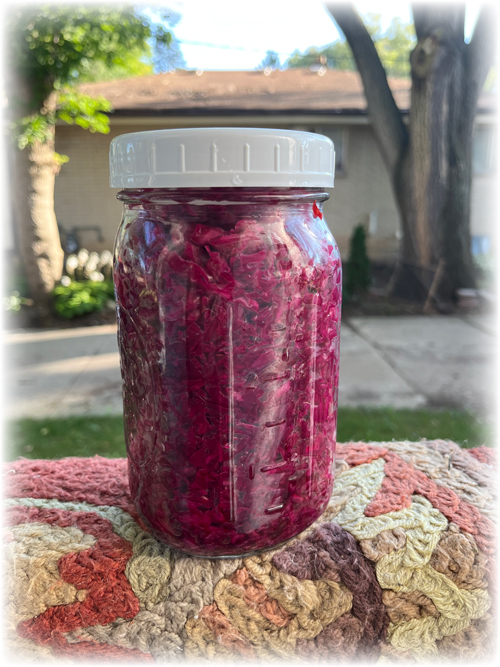
Recipes
There are so many foods/recipes that may be fermented, but we will focus on one of the easiest for the home gardener to get started – and that is sauerkraut! Sauerkraut is a delicious food that should be consumed daily! Sauerkraut is rich in vitamins and minerals – vitamin C, vitamin K, copper, potassium, iron, and manganese. Sauerkraut contains enzymes that help break down foods into smaller molecules, making your food more bioavailable.
Making sauerkraut couldn’t be easier. You only need two ingredients – cabbage and salt. If you like there are additional ingredients you can add like carrots, caraway seeds, juniper berries, garlic, and much more.
The salt you use should be any good non-iodized salt. the salt helps pull out the water from the cabbage to make the brine which will create the perfect environment for lactobacillus bacteria to thrive and force the bad bacteria to die off.
The amount of salt used should be 2% of the weight of the cabbage. a good starting point would be about 800 grams of cabbage and 16 grams of salt. This should give you enough for a quart of sauerkraut.
Remove the outer leaves of the cabbage. Set them aside as you may want them for later. Cut the cabbage in half, cut out the core and slice the cabbage as thinly as your want. Put the cabbage into a bowl and sprinkle with the salt.
With clean hands, massage the salt into the cabbage. This will create the brine as the salt draws out the water. After a few minutes, you will start to see the liquid in the bottom of the bowl.
After a few more minutes, stuff the cabbage into the jar, pushing it down as hard as you can using your fist. Once all the sauerkraut is in, make sure you have enough brine to cover to sauerkraut. You can do this with your hand in a fist or you can buy a tamper tool. If you find that you do not have enough liquid to cover the brine you can add some more clean filtered water.
You will need to keep the sauerkraut submerged under the brine while it ferments. This can be done with the extra cabbage leaves packed into the top, a ziplock bag filled with water, or purchased weights made just for this purpose.
Close the jar and set it in an area of your kitchen out of direct sunlight. Every day burp the jar (if you are using a fermenting lid you can skip this step). If you have filled the mason jar fairly full, you may see some liquid leak over the top during the fermentation process. This is completely normal and should be no cause for alarm, but you may want to put the jar on a plate to catch the excess liquid.
After 4-5 days taste the sauerkraut, and if is sour enough for you then you can remove the weight, put on a regular lid, and put it in the fridge. If you would like it a little tangier then leave it on the counter for another day or two and taste again. It is all personal preference!
This should be used up within 6 months. When you are about halfway through your jar, move the rest of the contents to a smaller jar to keep it looking as fresh as possible.
Enjoy!
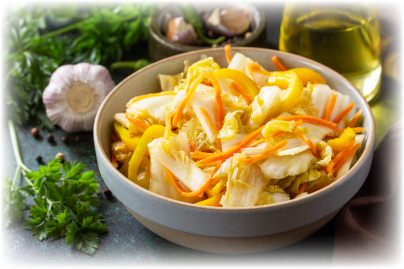
Pickling
Picking foods is different from fermenting. While the sour flavor of the food is the same, the process is quite different. Pickling involves submerging your foods into a vinegar brine. This will also preserve the food, but the healthful micro-organisms will not be present.



